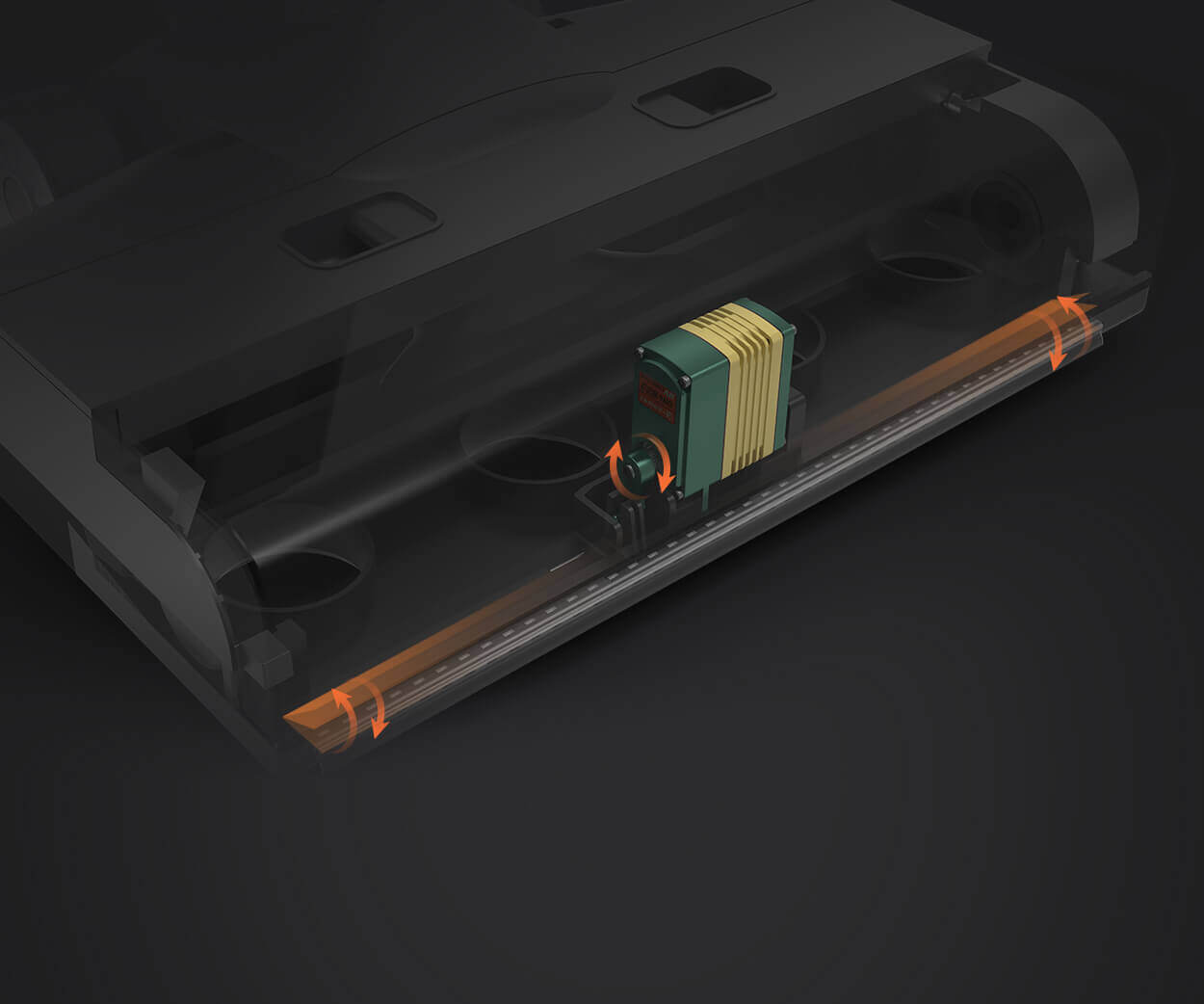Imagine a world where your system’s guts are seamless, where data flows like a well-rehearsed jazz band without missed beats or discordant notes. That’s the vibe CQRS (Command Query Responsibility Segregation) and microservices bring to the table. It’s not just tech jargon; it’s a game-changer for modern architectures.

Think about traditional monolithic systems. They're like trying to juggle too many balls at once—one wrong move, and everything crashes. Now, insert CQRS; suddenly, you’re splitting responsibilities. Commands that change data go their own way, separate from queries that just read the data. It’s like having a dedicated team for making changes and another for checking the current status, each optimized for speed and accuracy. This separation boosts performance significantly because each side can be scaled independently, like tuning a guitar string until it hits that perfect note.
Combine this with microservices, and you’re basically creating a constellation of tiny, focused engines. Each microservice handles a specific business function—think of it as having a squad for inventory, another for user authentication, and one more for payment processing. Now, toss CQRS into the mix, and these services operate even more smoothly because their responsibilities are clearly divided. The result? Faster response times, easier maintenance, and greater agility when adapting to market shifts.
It’s tempting to ask, “Is this really better?” Absolutely. In scenarios where read and write loads differ drastically, CQRS along with microservices can solve stubborn bottlenecks. Ever dealt with a sluggish checkout process under heavy user load? Breaking things into tiny, specialized services means you can add more resources precisely where they’re needed—no more throwing whole systems into the fire to fix one sluggish component. Instead, just add more instances for that specific microservice.
Plus, resilience gets a boost. If one microservice goes down, others keep chugging along. That’s a layered defense against system failures. And think about evolving your system—no need to rip everything apart when a new feature pops up. Deployments become smoother, safer, because changes are confined to smaller parts, reducing risk and impact.
Now, about the question no one might ask out loud: “Do I need this entire setup just for a small project?” Well, no. But once you go down this road, you notice the benefits start stacking up. Not just speed but clarity—your teams understand what each part does, why it’s there, and how it interacts with the others.
In the end, it’s all about making your architecture resilient, scalable, and adaptable—ready for whatever curveball comes next. Dive into CQRS with microservices and see how your system transforms from a clunky machine into a sleek, responsive engine. That’s where real innovation lives.
Established in 2005, Kpower has been dedicated to a professional compact motion unit manufacturer, headquartered in Dongguan, Guangdong Province, China. Leveraging innovations in modular drive technology, Kpower integrates high-performance motors, precision reducers, and multi-protocol control systems to provide efficient and customized smart drive system solutions. Kpower has delivered professional drive system solutions to over 500 enterprise clients globally with products covering various fields such as Smart Home Systems, Automatic Electronics, Robotics, Precision Agriculture, Drones, and Industrial Automation.




































